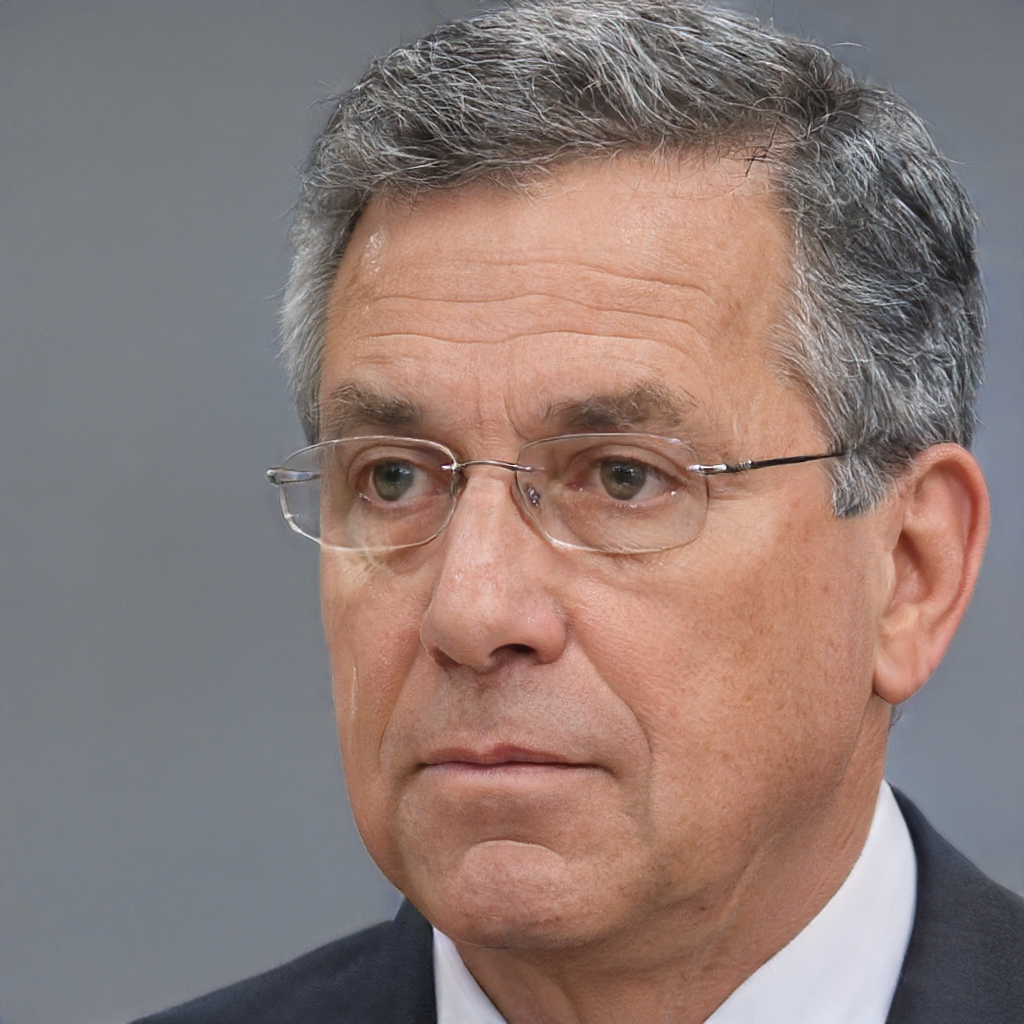A model of reflection is a tool that can be used to help individuals reflect on their experiences and learn from them. It can be used in a variety of settings, such as in individual or group counseling, in classrooms, or in workplaces. There are many different models of reflection, but all share the common goal of helping people to reflect on their experiences and learn from them.
What are some models of reflection?
There are many different models of reflection, but some common ones include:
-The Reflective Cycle (Gibbs)
-The Action Research Cycle
-The Experiential Learning Cycle
-The Reflective Practice Cycle What is the simplest model of reflection? The simplest model of reflection is the act of taking a step back and thinking about what has been accomplished, what went well, and what could be improved. This can be done individually or as a team.
What is Kolb's model of reflection?
Kolb's model of reflection is a four-stage cycle that helps individuals learn from experience. The cycle can be used in both personal and professional contexts.
The four stages of the cycle are:
1. Concrete Experience: This stage is all about having a new experience and trying to make sense of it. What happened? What did you do? What did you learn?
2. Reflective Observation: In this stage, you step back and reflect on the experience. What worked well? What didn't work well? What could you have done differently?
3. Abstract Conceptualization: In this stage, you start to conceptualize what you've learned from the experience. What theories or models can you apply to the situation?
4. Active Experimentation: In this stage, you put what you've learned into practice. Try out different approaches and see what works best in the real world.
How many reflection models are there?
There are numerous reflection models that exist, each with their own unique perspective on how best to reflect on and learn from past experiences. Some popular reflection models include the "Kolb Cycle," "Gibbs Reflective Cycle," and "Schön Reflective Cycle." While there is no one-size-fits-all answer to this question, it is important for project managers to be aware of the different models that exist and to select the one that best meets the needs of their particular project.
What are the three types of reflection?
There are three types of reflection:
1. Reflective Practice
2. Reflection-in-Action
3. Reflection-on-Action
